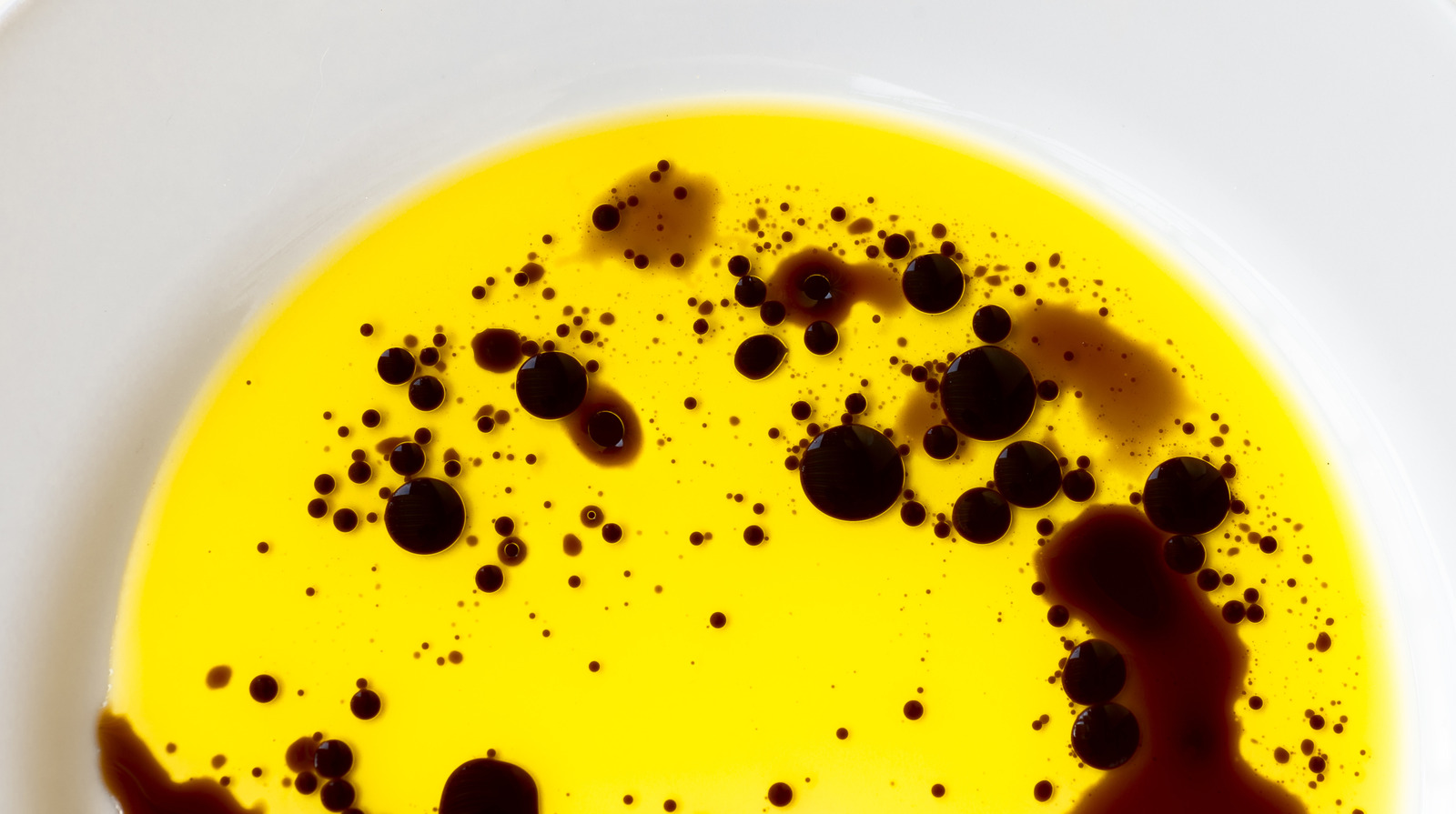
"The difference between success and disaster in vinaigrette comes down to science and timing. Oil and vinegar resist one another at a molecular level."
"Pour in the oil too quickly, and those droplets never form; the emulsion breaks before it begins. The key is to add the oil very slowly."
"Watching vinaigrette come together as you whisk makes you feel like a wizard at work, but when the magic trick fails, it's a disruption."
"A broken vinaigrette results in uneven taste, lost texture, and a salad that doesn't quite work."
Vinaigrette emulsification combines oil and vinegar, two immiscible liquids. The process relies on patience and technique, with oil requiring slow addition to prevent breaking the emulsion. Successful emulsification creates a smooth dressing, while a broken vinaigrette yields uneven taste and texture. The culinary process illustrates the science of mixing opposites at a molecular level, where physical agitation helps in forming tiny oil droplets suspended in vinegar. Timing and method are crucial for achieving a balanced and flavorful dressing that adheres to salad greens.
Read at Tasting Table
Unable to calculate read time
Collection
[
|
...
]